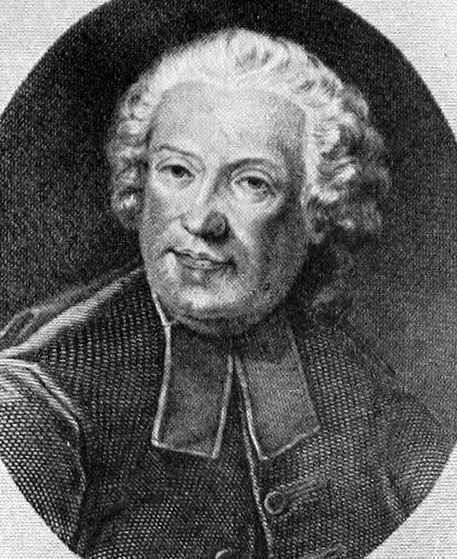 | ||
L'impresario delle Isole Canarie (The impresario from the Canary Islands), also known as L'impresario delle Canarie or Dorina e Nibbio, is a satirical opera intermezzo libretto by Metastasio (Pietro Antonio Domenico Trapassi), written in 1724 to be performed between the acts of his opera seria Didone abbandonata. The first performance of the work was on February 1, 1724 in Naples, Italy, at Teatro San Bartolomeo. The composer was Domenico Sarro, also known by the name Sarri, who also revised the work in 1730. The role of Dorina was first sung by the contralto Santa Marchesini, and Nibbio by the basso buffo singer Gioacchino Corrado.
Contents
Plot
Persons: Dorina, an opera singer; Nibbio, an impresario from the Canary Islands; maids, wardrobe assistants
Part I (Dorina's House) to be performed between the first and second act of the opera Didone abbandonata.
Dorina waits impatiently for the visit of a foreign impresario. She vents her frustration at her maid at not finding the appropriate audition piece which is modern enough and embellishes every word with ornamentation. Nibbio enters, and proves to be interested more in a conquest than in art. He tries to convince the reluctant Dorina to sing for him. Nibbio forces Dorina to listen to a self-composed Cantata, proving Nibbio to be a dilettante. Dorina, feigning another appointment, escapes.
Part II (A dressing room of a theatre) to be performed between the second and third act of the opera Didone abbandonata.
Dorina is trying on a costume and upbraids her sloppy wardrobe assistants. Nibbio arrives. Dorina laments the hardships of performing before a harsh audience. Nibbio convinces Dorina to sing an excerpt from Cleopatra. While he applauds her performance, Nibbio is disappointed that the dramatic recitative sung by Dorina is not followed by an 'exit aria', such as the typically flashy 'butterfly' or 'ship' arias of the time. He promptly provides a live example of such an aria. Dorina hopes to get rid of Nibbio by listing preposterous demands for her contract (always leading roles of Prima Donna, librettos written by friends, a permanent supply of ice cream, coffee, chocolate and at least two presents weekly). She is even more suspicious of Nibbio's intentions when he accepts all her demands readily. The intermezzo ends without Nibbio having achieved his goal.
Reception
L'impresario is Metastasio's single venture in this comic genre. Inspired possibly by Girolamo Gigli's La Dirindina (1715) and certainly by the composer Benedetto Marcello's tirade against the failing standards of operatic art in his Teatro alla Moda (1720), Metastasio takes the theme of opera performance one step further. In his letters he always complained of the sloppy and unartistic habits of singers, musicians, theatre-impresarios and others involved with opera production. In his intermezzo, Metastasio gives Dorina (representing the art as it should be) most of his biting criticism, while Nibbio gets to utter most of the foolish text (art as it is). Dorina complains about awful 'modern' composers that are only interested in ornamentation; Nibbio utters his belief that texts are not important, because an audience 'has lots to catch up on' during the performance, and could not care less about meaning. Metastasio's text became wildly popular and was also composed by Tomaso Albinoni in 1725, Chiocchetti in 1726, Giuseppe Maria Orlandini, Leonardo Leo in 1741 and Giovanni Battista Martini in 1744.
The intermezzo was heard in different versions all over Europe. Orlandini's version was performed in Copenhagen, Sarro's in London in 1737. Leonardo Leo's version was performed in Vienna (1747), Potsdam (1748). L'impresario delle Isole Canarie may have been Metastasio's single venture into comic opera, but it had far reaching influence. Carlo Goldoni quotes many instances of this intermezzo in his Impresario from Smyrna as well as his La bella Veritá (1762). Ranieri de' Calzabigi, (who wrote the libretto to Gluck's Orfeo), wrote L'opera seria in 1769. Giovanni Bertati's L'opera nuova (1781). Giambattista Casti's Prima la musica poi le parole (1786) and Donizetti's Le convenienze ed inconvenienze teatrali followed in 1827.
There are currently only two versions of this intermezzo that have survived to modern day as musical manuscripts: Sarro's version, which can be found in Naples, at the Conservatorio San Pietro a Majella, and Giambattista Martini's version, which is located in the library of the conservatory in Bologna.
